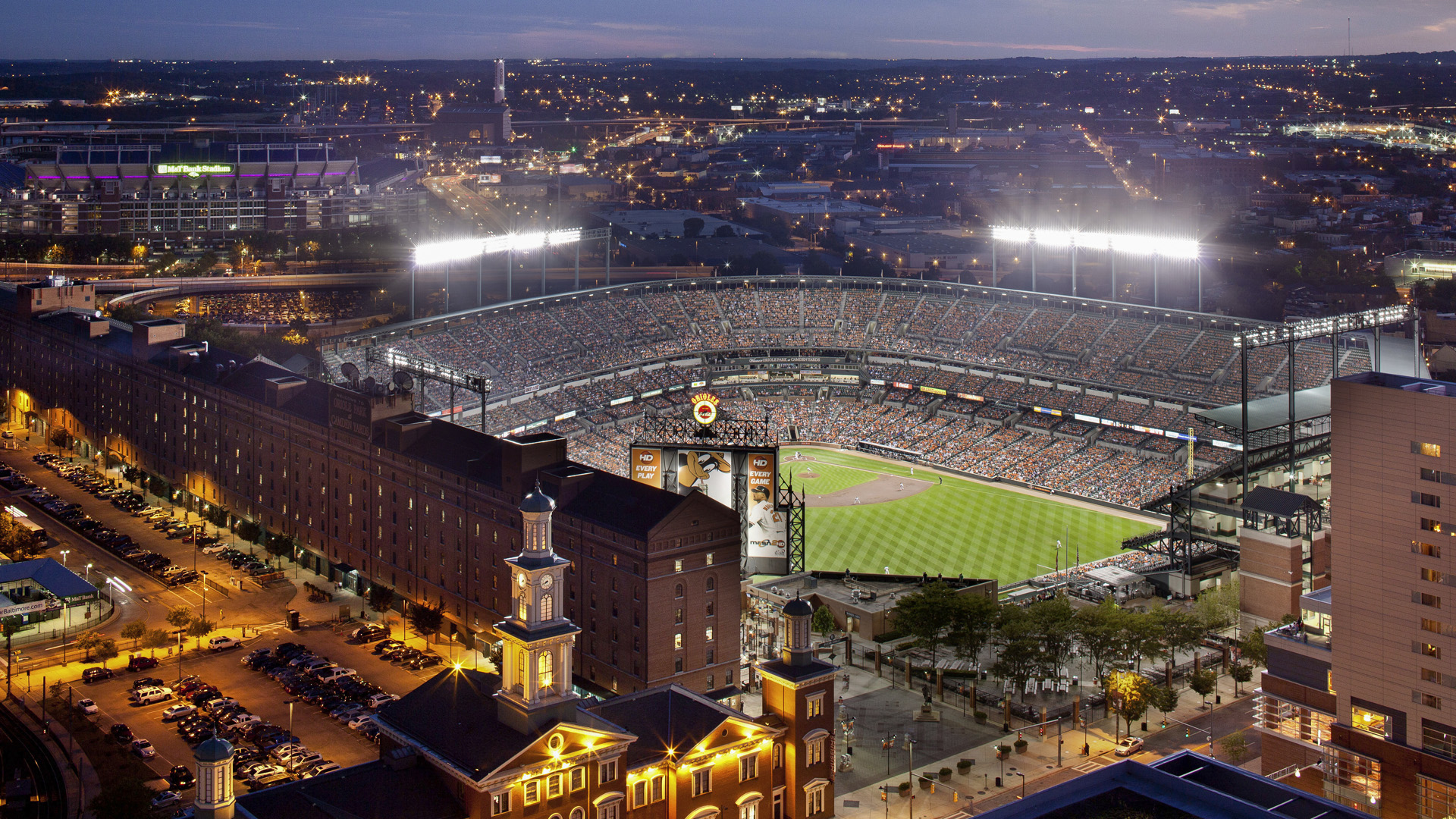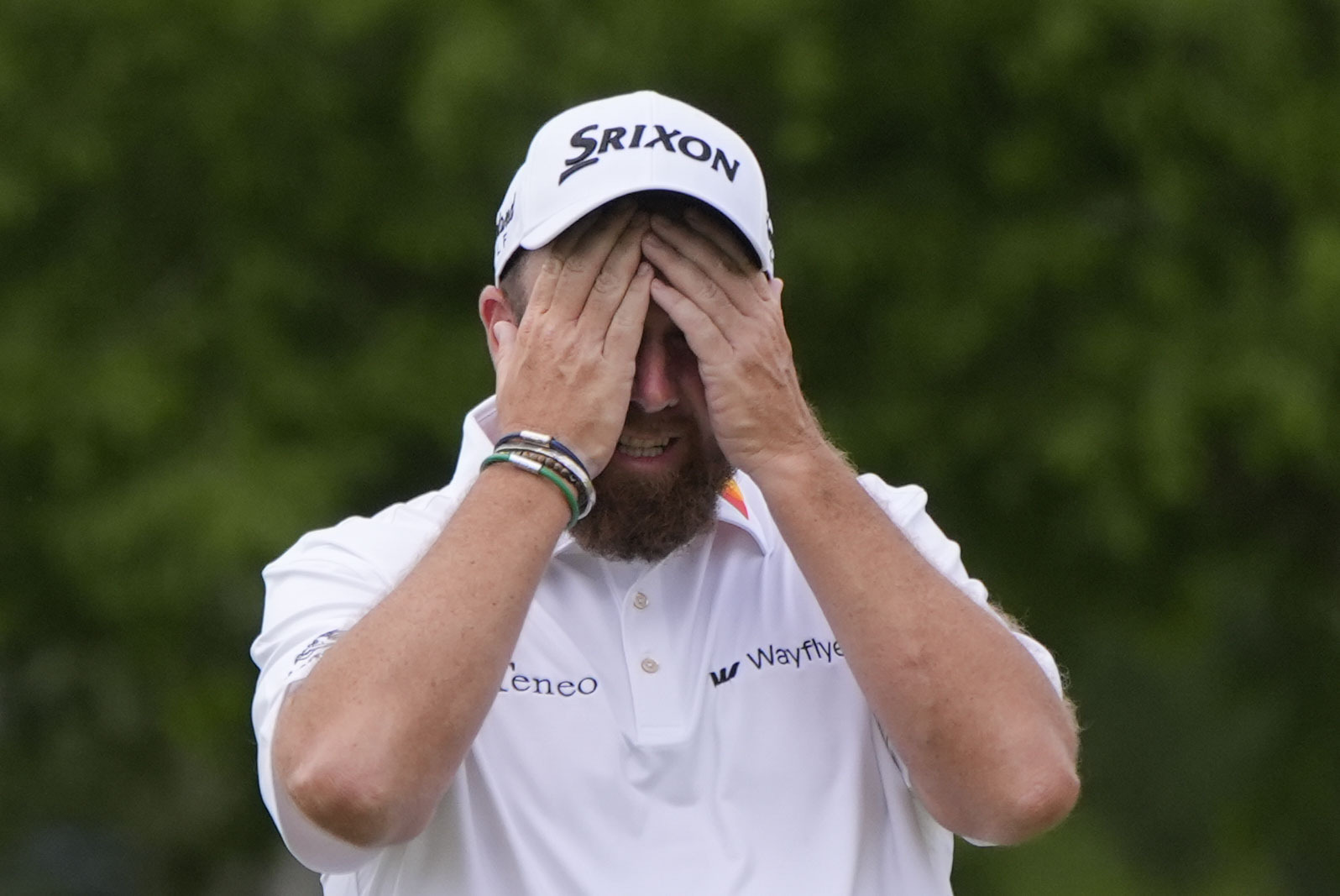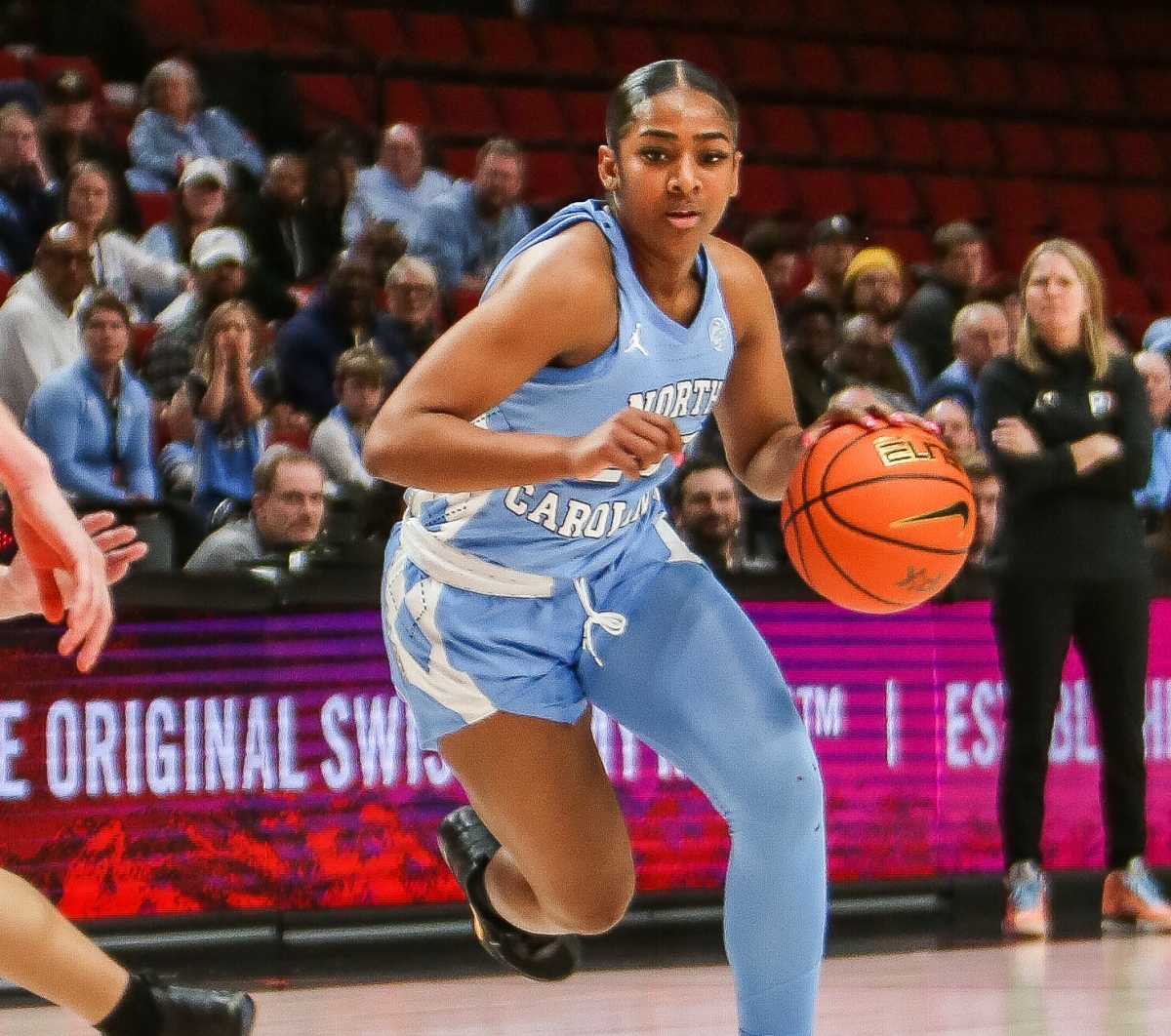Can Sports Stadiums Save Dying Downtowns? A Look At Urban Renewal Strategies

Table of Contents
The Economic Impact of Sports Stadiums on Urban Centers
The construction and operation of a sports stadium can have a significant, albeit complex, economic impact on a city's downtown. Let's analyze both the potential upsides and downsides.
Job Creation and Revenue Generation
Sports stadiums are undeniable job creators. The direct employment opportunities are numerous:
- Stadium Staff: Positions range from ticket takers and ushers to concessions workers, security personnel, and maintenance crews.
- Concessions and Retail: The stadium itself generates jobs, but so do the surrounding businesses catering to fans.
- Transportation and Hospitality: Hotels, restaurants, and transportation services experience increased demand during game days and major events.
Beyond these direct jobs, the ripple effect extends to related industries. This indirect job creation stimulates the local economy and generates tax revenue through:
- Ticket sales
- Concessions revenue
- Increased tourism and spending
However, it's crucial to acknowledge potential drawbacks. Sometimes, stadium construction displaces existing businesses, leading to job losses in the short term. Careful planning is essential to mitigate this negative impact. For example, the construction of the new Yankee Stadium in the Bronx displaced some businesses, but the project also led to new commercial developments in the area, creating new employment opportunities.
Attracting Investment and Tourism
A new stadium can act as a magnet for further investment and development. The promise of increased foot traffic and spending related to major sporting events attracts businesses and developers to the surrounding areas. This can lead to:
- New hotels and restaurants
- Improved infrastructure
- Renovation of existing buildings
Moreover, major sporting events bring in tourists, boosting local economies through increased spending on accommodation, dining, and entertainment. Cities that have successfully leveraged stadiums for tourism include Indianapolis with its Lucas Oil Stadium and Minneapolis with US Bank Stadium. Both stadiums have played crucial roles in drawing in tourists and events boosting the local economy. However, the economic boost is often short-term and requires strategic planning and investment in infrastructure to maximize the impact and ensure long-term sustainability.
Social and Community Development Aspects
Beyond the economic impact, sports stadiums can contribute positively to social and community development.
Community Gathering Spaces and Civic Pride
A stadium transcends its function as a sporting venue; it becomes a community hub, hosting concerts, festivals, and other public events. This fosters:
- A stronger sense of community identity
- Increased civic engagement
- Opportunities for social interaction
Successful stadium-based community initiatives can strengthen social bonds and build civic pride. However, ensuring accessibility for all community members, regardless of income or ability, is crucial for maximizing the positive social impact.
Infrastructure Improvements and Urban Revitalization
Stadium construction often leads to significant infrastructure improvements, including:
- Improved public transportation
- Enhanced public spaces (parks, plazas)
- Increased safety and security measures
This “halo effect” can extend beyond the immediate vicinity of the stadium, spurring further development and revitalization in surrounding neighborhoods. However, careful urban planning is essential to mitigate negative impacts like increased traffic congestion and displacement of residents. The redevelopment surrounding the Mercedes-Benz Stadium in Atlanta is an example of leveraging stadium construction for broader urban renewal projects.
The Challenges and Criticisms of Stadium-Led Urban Renewal
While sports stadiums offer potential benefits, their role in urban renewal isn't without challenges and criticisms.
Public Funding and Cost-Benefit Analysis
A significant challenge is the often substantial public funding required for stadium construction. This raises concerns about:
- The economic viability of stadium projects
- The opportunity cost of using public funds for other community needs (schools, hospitals, affordable housing)
- Potential for corruption and mismanagement of public funds
A thorough cost-benefit analysis is crucial to ensure that public investments yield a positive return for the community.
Gentrification and Displacement of Communities
The rising property values that often accompany stadium development can lead to gentrification, forcing long-time residents out of their homes and neighborhoods. This displacement can have devastating social and economic consequences. Mitigation strategies include:
- Community engagement and input in planning processes
- Investment in affordable housing
- Support for existing businesses and residents
Conclusion
The question of whether sports stadiums can save dying downtowns is complex and nuanced. While stadiums can contribute to economic growth, job creation, and community development, they are not a guaranteed solution. Their effectiveness hinges on careful planning, community engagement, and a comprehensive cost-benefit analysis. The potential for public funding issues, gentrification, and displacement of existing communities necessitates a critical and balanced approach. Can sports stadiums revitalize dying downtowns? The answer is: it depends. Consider the multifaceted nature of urban renewal strategies and think critically about the role of sports stadiums in your own community. Are sports stadiums a viable urban renewal strategy? The answer must be carefully considered in the context of your specific situation. The impact of sports stadiums on downtown revitalization needs to be weighed against alternative, potentially more equitable, approaches.

Featured Posts
-
 Injury Report Yankees Vs Rays Series May 2 4
May 11, 2025
Injury Report Yankees Vs Rays Series May 2 4
May 11, 2025 -
 Mc Ilroy And Lowry Return To Defend Zurich Classic Championship
May 11, 2025
Mc Ilroy And Lowry Return To Defend Zurich Classic Championship
May 11, 2025 -
 Saisonende Bundesliga Abstieg Fuer Bochum Und Kiel Leipzig Ohne Champions League
May 11, 2025
Saisonende Bundesliga Abstieg Fuer Bochum Und Kiel Leipzig Ohne Champions League
May 11, 2025 -
 Prince Andrews Temper Explosive Accounts From Former Palace Staff
May 11, 2025
Prince Andrews Temper Explosive Accounts From Former Palace Staff
May 11, 2025 -
 Are Bmw And Porsche Losing Ground In China A Competitive Analysis
May 11, 2025
Are Bmw And Porsche Losing Ground In China A Competitive Analysis
May 11, 2025
Latest Posts
-
 Las Vegas Aces Win Thanks To Deja Kellys Game Winning Shot
May 13, 2025
Las Vegas Aces Win Thanks To Deja Kellys Game Winning Shot
May 13, 2025 -
 Peninsula Hills Hike Urgent Search For Missing Elderly Person
May 13, 2025
Peninsula Hills Hike Urgent Search For Missing Elderly Person
May 13, 2025 -
 Learning Life Cycles Through Campus Farm Animals
May 13, 2025
Learning Life Cycles Through Campus Farm Animals
May 13, 2025 -
 Ncaa Tournament Oregons Deja Kelly Vs Duke A Tar Heel Reunion
May 13, 2025
Ncaa Tournament Oregons Deja Kelly Vs Duke A Tar Heel Reunion
May 13, 2025 -
 Kelly Ripas Absence Mark Consuelos Live Boredom
May 13, 2025
Kelly Ripas Absence Mark Consuelos Live Boredom
May 13, 2025
